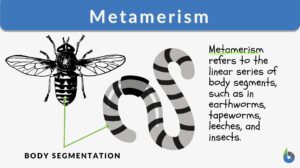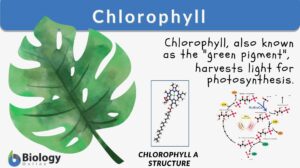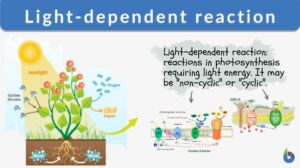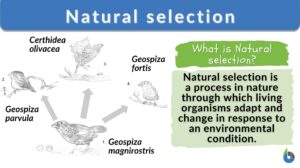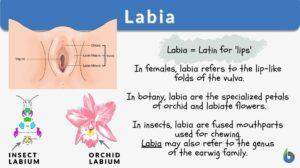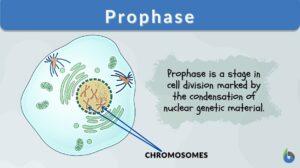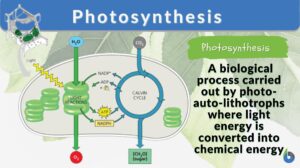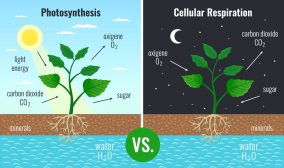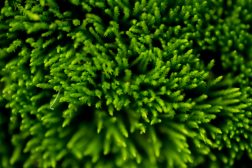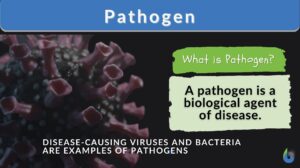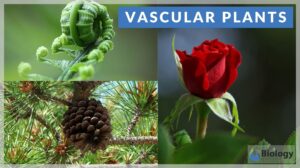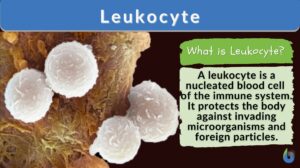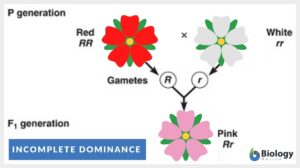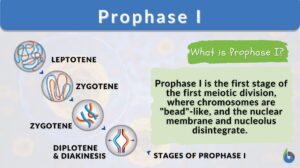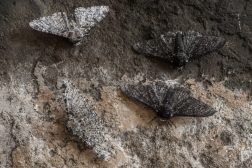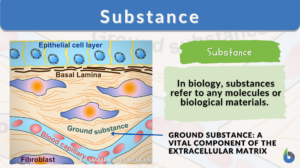Search Results for: visible
Visible light
Definition noun The electromagnetic radiation with wavelengths between 400 nm and 750 nm and can produce a visual... Read More
Metamerism
Metamerism Definition Metamerism is the repetition of homologous body segments. This type of development can be seen in the... Read More
Chlorophyll
Why are most plants green? Have you ever had the same question? Perhaps, you’ve been told that the plants are green... Read More
Light-dependent reaction
Many organisms, such as green plants, convert light energy into chemical energy through the mechanism of photosynthesis. In... Read More
Light energy
Definition noun A form of energy consisting of particle-like photons with wavelike properties, and in which affects the... Read More
Colony-forming unit
Colony Forming Unit Definition A Colony Forming Unit (CFU) in microbiology and cellular biology refers to a measure of... Read More
Invisible spectrum
Invisible spectrum The radiation lying on either side of visible light, i.e., infrared and ultraviolet... Read More
Natural selection
Natural Selection Definition What is natural selection in biology? Natural selection is defined as a process in nature... Read More
Electromagnetic spectrum
Definition noun The spectrum of all types of electromagnetic radiation Supplement The electromagnetic spectrum includes... Read More
Wavelength
wavelength (Science: radiobiology) The length of a single cycle of a wave, usually measured from crest-to-crest. For... Read More
Electromagnetic radiation
Definition noun The radiation that consists of associated, interacting electric and magnetic field waves traveling at the... Read More
Integumentary system
Integumentary System Definition The integumentary system is the outermost layer of the body. The animal body, in... Read More
Photosynthesis
Photosynthesis is a physio-chemical process carried out by photo-auto-lithotrophs by converting light energy into chemical... Read More
Plant Metabolism
Introduction Plants are responsible for incredible feats of molecular transformation. The processes are always being... Read More
Bryophytes
Bryophytes (nonvascular plants) do not have xylem or phloem. The habitations of this plant group are widely varied and... Read More
Young-helmholtz theory of colour vision
'''Young-helmholtz theory of color vision A theory that there are three perceiving elements in the retina: red, green, and... Read More
Vascular plants
Definition of Vascular plants The term 'vascular' is derived from the Latin word vāsculum, vās, meaning "a container and... Read More
Polytene chromosome
polytene chromosome (Science: cell biology) giant chromosomes produced by the successive replication of homologous pairs of... Read More
Incomplete dominance
Incomplete Dominance Definition After Gregor Mendel discovered inheritance laws, the term ''incomplete dominance'' was... Read More
Prophase I
Organisms all use mitosis to create more cells in the body. Meiosis, a similar process, is used in some organisms to undergo... Read More
Tapetum lucidum
Definition noun, plural: tapeta lucida A layer of tissue in the choroid or in the retinal pigment epithelium of the eye of... Read More
Growth and Plant Hormones
Growth All living organisms begin in the same form: as a single cell. That cell will divide and the resulting cells will... Read More
Examples of Natural Selection
Reviewed by: Mary Anne Clark, Ph.D. Darwin's Finches Darwin's finches are an excellent example of the way in... Read More
Petrified Wood : The World of Fossilized Wood, Cones, Ferns, and Cycads
Petrified Wood : The World of Fossilized Wood, Cones, Ferns, and Cycads ... Read More
Nervous System
THE is the most complicated and highly organized of the various systems which make up the human body. It is the... Read More
Diversification
An organism in the mainland experiences two competitions namely inter and intraspecific. Hence due to the pressure on the... Read More
Ameranthropoides loysi
"Ameranthropoides loysi" (otherwise known as de Loys' Ape) is the unofficial name for a large primate supposedly... Read More

